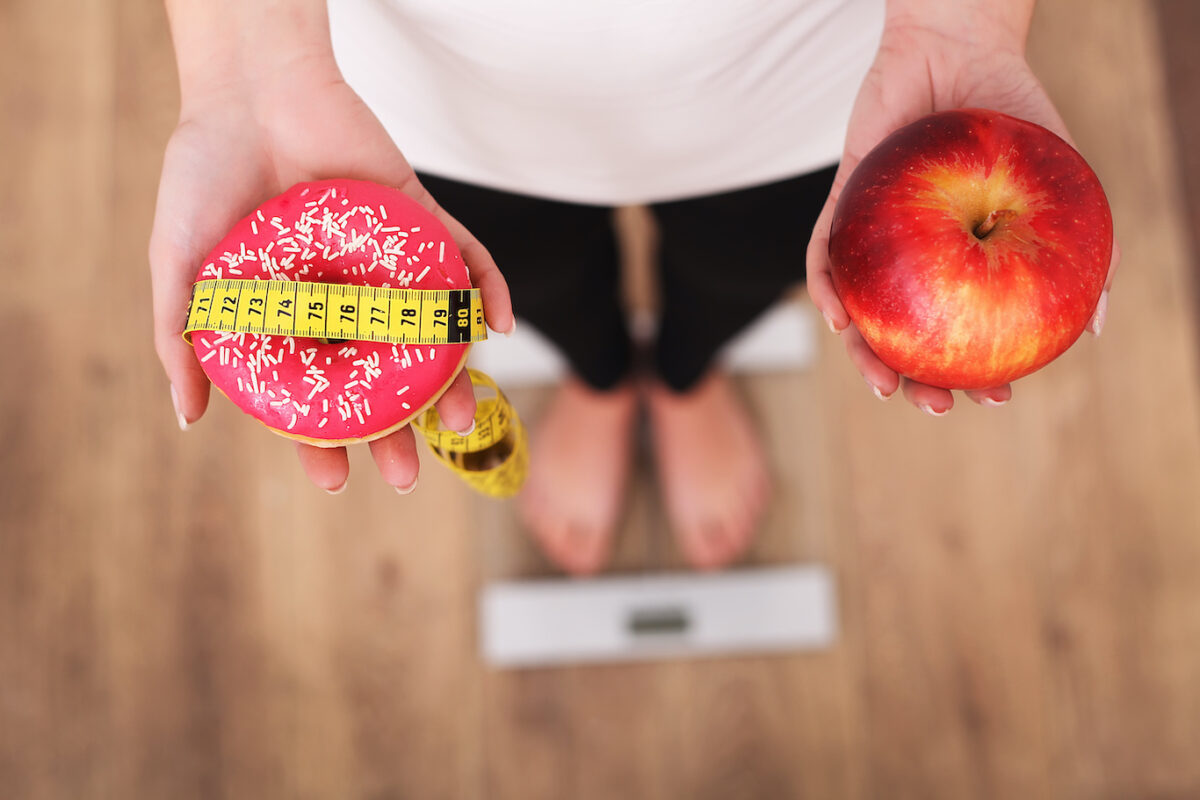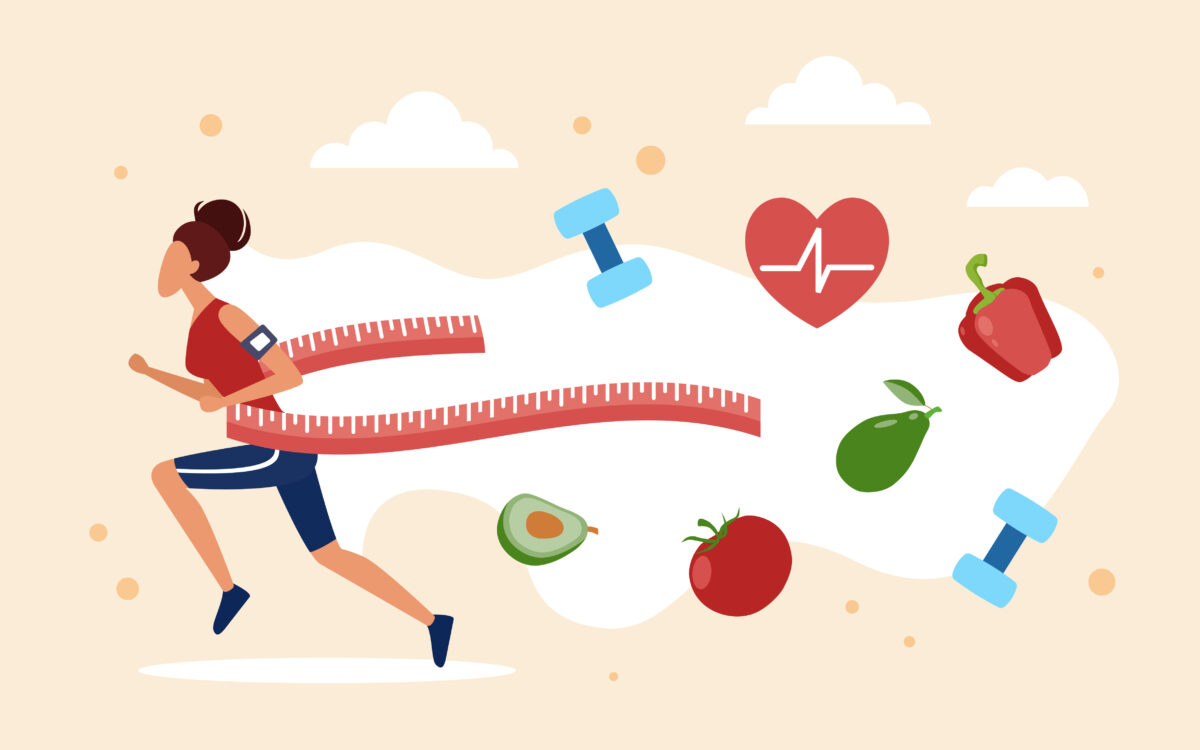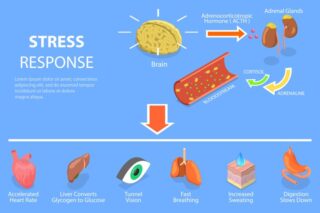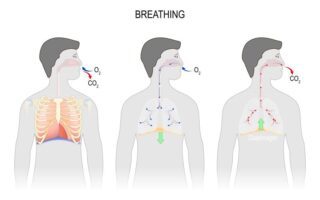Integrating Exercise with Diet for Optimal Weight Management

Achieving and maintaining a healthy weight involves more than just diet or exercise alone. The integration of both can lead to optimal weight management, ensuring a balanced approach that benefits overall health and well-being.
The Synergy of Diet and Exercise
Diet and Caloric Balance:
- Caloric Intake: Managing your caloric intake is essential for weight loss. Consuming fewer calories than you burn leads to weight loss.
- Nutrient Density: Focus on nutrient-dense foods like fruits, vegetables, lean proteins, whole grains, and healthy fats to provide essential nutrients without excessive calories.
Exercise and Caloric Expenditure:
- Burning Calories: Regular physical activity increases the number of calories your body burns, helping to create a caloric deficit.
- Building Muscle: Strength training exercises help build muscle mass, which boosts metabolism and increases calorie expenditure even at rest.

Benefits of Integrating Exercise with Diet
Enhanced Weight Loss:
- Combining a healthy diet with regular exercise enhances weight loss more effectively than either alone. Exercise helps burn more calories, while a balanced diet ensures you get the nutrients needed for energy and recovery.
Improved Body Composition:
- Exercise, particularly strength training, helps build muscle and reduce fat, improving body composition. A diet rich in protein supports muscle repair and growth.
Sustainable Habits:
- Integrating both diet and exercise promotes sustainable lifestyle habits. Healthy eating and regular physical activity become part of your daily routine, making weight management easier to maintain long-term.
Boosted Metabolism:
- Exercise increases metabolism by building muscle and increasing cardiovascular fitness. A diet that includes regular meals and snacks can prevent metabolic slowdown.
Practical Tips for Integration
Set Realistic Goals:
- Set achievable goals for both diet and exercise. Focus on gradual changes rather than drastic measures. For example, aim to lose 1-2 pounds per week and gradually increase your physical activity level.
Create a Balanced Meal Plan:
- Plan meals that include a balance of macronutrients: carbohydrates, proteins, and fats. Ensure you have a variety of foods to provide essential vitamins and minerals.
Incorporate a Variety of Exercises:
- Include both aerobic exercises (like walking, running, cycling) and strength training (like weightlifting, resistance bands) in your routine. Aim for at least 150 minutes of moderate-intensity aerobic exercise and two days of strength training per week.
Stay Hydrated:
- Drink plenty of water throughout the day, especially before, during, and after exercise. Hydration is crucial for maintaining energy levels and supporting metabolic processes.
Monitor Progress:
- Keep track of your dietary intake and exercise routines. Use apps or journals to log your meals, workouts, and progress towards your goals. Regular monitoring helps you stay accountable and make necessary adjustments.
Summary:
- Combining a balanced diet with regular exercise enhances weight loss, improves body composition, and promotes sustainable habits.
- Diet and exercise together boost metabolism, increase calorie expenditure, and ensure nutrient intake for energy and recovery.
- Practical tips include setting realistic goals, creating a balanced meal plan, incorporating various exercises, staying hydrated, and monitoring progress.

This article reviewed by Dr. Jim Liu, MD and Ms. Deb Dooley, APRN.
There’s nothing more important than our good health – that’s our principal capital asset.
#medical #telehealth #umedoc










